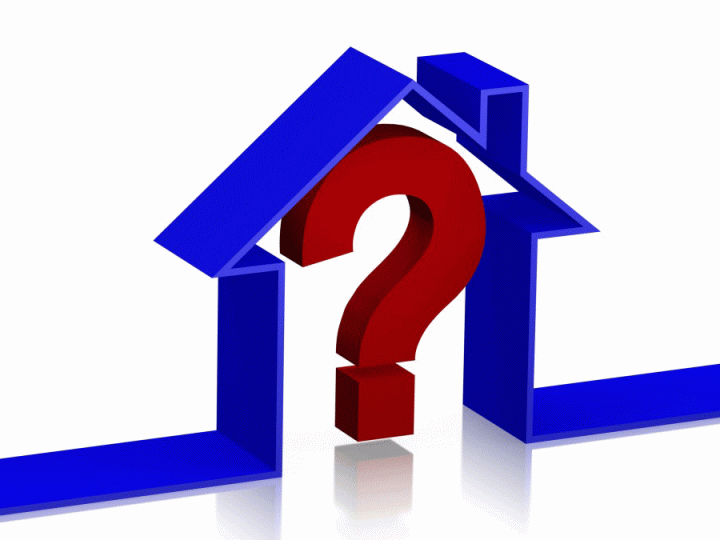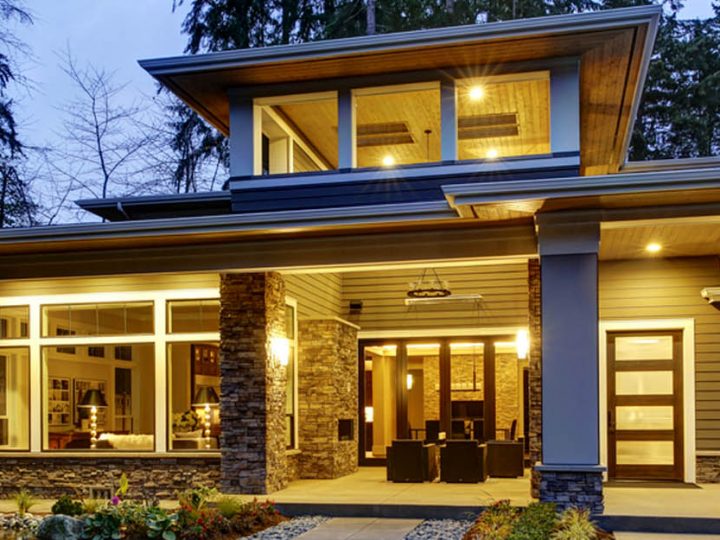Laminate flooring is a less expensive and common alternative to natural wood and marble floorings. It has a lot of advantages, including easier maintenance and installation. It’s the perfect flooring for home owners who are into DIY tasks.
The laminated basics
This type of flooring is partly made of synthetic materials which are mostly a fusion of melamine resin and other recycles ingredients. It’s made to look like natural stone or wood, but is less prone to scratches and dents. The earlier versions of laminate flooring were glued onto leveled underlayers. Today’s laminate flooring models are floating floor boards or tiles which easily snap on to each other. They have click-on tongues on their edges which make it easy for even beginner DIY enthusiasts to install a safe 300 sq. inch of flooring in their own homes.
How does the maintenance go for this type of flooring?
It’s very important to keep dust away from this type of flooring. Regular daily vacuuming should suffice. Laminated flooring must never be wet mopped. Although it can resist water better compared to regular hardwood flooring, puddles of water, when left to dry on a laminated surface, can still significantly deteriorate the strength of the material.
You should never wax or clean laminated flooring surfaces with abrasive solutions. They should be cleaned with only damp to dry rags at all costs. In case of accidental spillage, laminated flooring will remain intact as soon as the water is mopped dry immediately. In case of candle wax spillages, let the wax dry completely first before scraping it off with a plastic spatula.
Laminate flooring can last for at about 20 years, given the proper care.
Laying Laminate Flooring like a Pro
Laying laminate flooring for a 300 sq. inch area is very easy. All you need to do is make sure that the surface where the flooring is to be laid is dry, level, and firm. For surfaces with slight bumps, you can use self leveling compounds to fix the problem. If your base surface is wood, you should take the extra time to make sure that there are no nails and screws exposed. These can damage your laminate flooring.
Choosing your underlay
An underlay is usually placed between the base surface and the laminate flooring to reduce the noise of the floor boards, and to soften the impact of the flooring against your own weight.
A polyfoam is usually used for wooden base surfaces which need to be damp-proof. It’s the thinnest type of underlay and among the least expensive in the market.
You can also choose a combination underlay, which is slightly thicker than a polyfoam underlay, and provides better soundproofing as well. It also works well to for slightly damp base surfaces.
Wood Fiber boards are the thickest underlay materials. They work very well in evening out very rough surfaces. These need to be installed 24 hours before laying the laminate flooring.
Locking and trimming the flooring
When you’re laying your laminated flooring, you should work lengthwise, from the corner of the room towards the light source. Laminate flooring is also called “floating flooring” because they don’t need to be glued onto the base and underlay surfaces. Laminated flooring models today are click-on, which means that installing them is as simple as playing construction blocks as a child. Because they’re machine-made, you can be sure that they’ll snap into place without any imperfect piece in your way.
After laying laminate flooring, you should carefully apply a matching floor trim to fill in the gaps in between the laminate and the walls.



